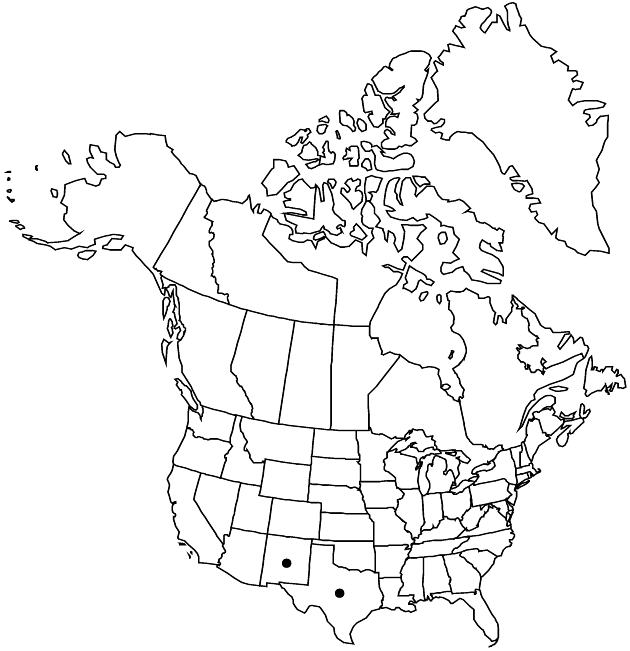Helianthus laciniatus
Mem. Amer. Acad. Arts, n. s. 4: 84. 1849.
Perennials, 50–120(–200) cm. Stems erect, usually strigose or hispid to glabrate. Leaves cauline; opposite or alternate; sessile; blades (green or grayish, 1- or 3-nerved) lanceolate, 5–9 × 0.5–3.5 cm, bases ± cuneate, margins entire or irregularly toothed to lobed, faces strigose to strumose, gland-dotted (adaxial sometimes glaucous). Heads 1–9. Peduncles 4–13 cm. Involucres hemispheric, 10–24 mm diam. Phyllaries 16–21, lanceolate, 6–7.5 × 1.8–2.5 mm (often subequal), (margins ciliate) apices acute, abaxial faces hispidulous or strigose to glabrate, gland-dotted. Paleae 7–7.8 mm, entire or 3-toothed (apices obtuse to acute, hispid-ciliate to glabrate). Ray florets 14–20; laminae ca. 8–11 mm. Disc florets 40+; corollas 4.8–5.8 mm, lobes reddish; anthers purplish, appendages reddish (style branches yellow). Cypselae 2.7–3.5 mm, glabrate; pappi of 2(–3) aristate scales 1.4–2.5 mm. 2n = 34.
Phenology: Flowering summer–fall.
Habitat: Open, dry, alkaline soils
Elevation: 1000–1200 m
Distribution

N.Mex., Tex., Mexico.
Discussion
Helianthus laciniatus reaches the northern extent of its range in New Mexico and Texas; it is relatively common in the Chihuahuan Desert areas of Mexico. It is similar to H. ciliaris; it usually has hairy stems as well as denser leaf indument that includes a greater number of subsessile, glandular hairs.
Selected References
None.